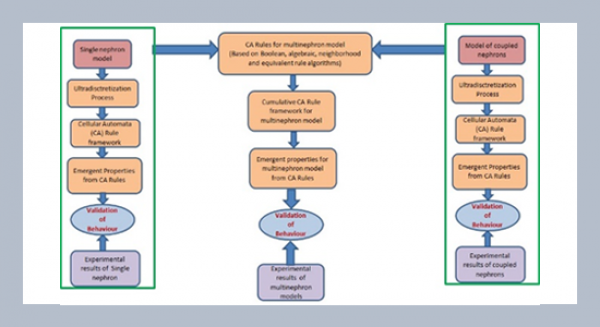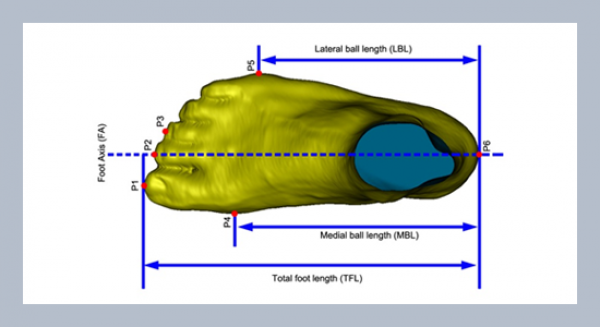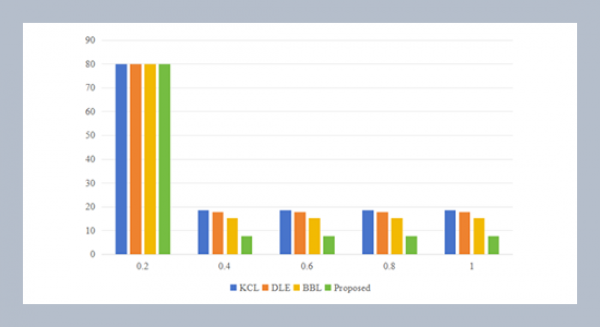Hemant Shigwanb*, Arvind Saklania, P. D. Hamrapurkarb, Tukaram Manea, and Priyanka Bhattb aPiramal Life Sciences limited, 1, Nirlon Complex, Off. Western Express Highway,Goregaon (East), Mumbai, Maharashtra, India
bPharmaceutical Analysis, Principal K. M. Kundnani College of Pharmacy, Jote Joy Building, Rambhau Salgaoankar Marg, Cuffe Parade, Mumbai, India
Download Citation:
|
Download PDF
An RP-HPLC method with photodiode array detection has been developed for the determination of major constituent berberine from Berberis aristata (Barberry) and Berberis tinctoria. Berberine was isolated from the plant extract on semi-preparative HPLC and separated on HPLC by using an isocratic mode consisting of 0.1% trifloroacetic acid: acetonitrile (60:40, v/v) at a flow rate of 1 mL/min. Under these conditions, a plot of integrated peak area versus concentration of berberine was found be linear over the concentration range of 0.2 µg/mL to 150 µg/mL. The limit of detection was 1ng on column and limit of quantification was 2 ng on column for berberine. The berberine content in B. aristata and B. tinctoria was found to be 3.18% and 1.46% respectively.ABSTRACT
Keywords:
HPLC Method Development and Validation for Quantification of Berberine from Berberis aristata and Berberis tinctoria
Share this article with your colleagues
[1] Kulkarni, S. K. and Dhir, A. 2010. Berberine: A plant alkaloid with therapeutic potential for central nervous system disorders. Phytotherapy Research, 24: 317-324.REFERENCES
[2] Ayurvedic Pharmacopoiea of India. 1999. Daruharidra stem, Government of India, Part I, 2: 33-34.
[3] Sasikumar, J. M., Maheshu, V., and Jayadev, R. 2009. In vitro antioxidant activity of methanolic extracts of Berberis tinctoria lesch. root and root bark. Journal of Herbal Medicine and Toxicology, 3: 53-58.
[4] Gilani, A. H. and Janbaz, K. H. 1995. Preventive and curative effects of Berberis aristata fruit extract on paracetamol- and CCl4-induced Hepatotoxicity. Phytotherapy Research, 9: 489-494.
[5] Kanda, S. M., Yeligar, V. C., Bhim, C. M., and Maity, T. 2005. Hepato protective and antioxidant role of Berberis tinctoria Lesch leaves on paracetamol induced hepatic damage in rats. Iranian Journal of Pharmacology & Therapeutics, 4: 64-69.
[6] Fukuda, K., Hibiya, Y., Mutoh, M., Koshiji, M, Akao, S., and Fujiwara, H. 1999. Inhibition of activator protein 1 activity by berberine in human hepatoma cells. Planta Medica, 65: 381-383.
[7] Birdsall, T. C. and Kelly, G. S. 1997. Berberine: Therapeutic potential of an alkaloid found in several medicinal plants. Alternative Medicine Review 2: 94-103.
[8] Dastur, J. F. 1962. “Useful plants of India and Pakistan”. 5th ed. p. 37-38. Bombay.
[9] Liu, W. H., Hei, Z. Q., Nie, H., Tang, F. T., Huang, H. Q., Li, X. J., Deng,Y. H. Chen, S. R., Guo, F. F., Huang, W. G., Chen, F. Y., and Liu, P. Q. 2008. Berberine ameliorates renal injury in streptozotocin-induced diabetic rats by suppression of both oxidative stress and aldose reductase. Chinese Medical Journal (English), 121: 706-712.
[10] Kong, W., Wei J., Abidi, P., Lin, M., Inaba, S., Li C., Wang, Y., Wang, Z., Si, S., Pan, H., Wang, S., Wu, J., Wang, Y., Li, Z., Liu, J., and Jiang, J.D. 2004. Berberine is a novel cholesterol-lowering drug working through a unique mechanism distinct from statins. Nature Medicine, 10: 1344-1351.
[11] Marin-Neto, J. A., Maciel, B. C., Secches, A. L., and Gallo Junior, L. 1988. Cardiovascular effects of berberine in patients with severe congestive heart failure. Clin Cardiology, 11: 253-260.
[12] Huang, W. 1990. Ventricular tachyarrhythmias treated with berberine. Chinese Journal of Cardiovascular Disease, 18: 155-156.
[13] Xu, M. G., Wang, J. M., Chen, L., Wang, Y., Yang, Z., and Tao, J. 2008. Berberine-induced mobilization of circulating endothelial progenitor cells improves human small artery elasticity. Journal of Human Hypertension, 22: 389-393.
[14] Lin, S. J., Tseng, H. H., Wen, K. C., and Suen, T. T. 1996. Determination of gentiopicroside, mangiferin, palmatine, berberine, baicalin, wogonin and glycyrrhizin in the traditional Chinese medicinal preparation. Journal of Chromatography A, 730: 17-23.
[15] Li, Yi , Gao, J. P., Xu, X., and Dai, L. 2006. Simultaneous determination of baicalin, rhein and berberine in rat plasma by column-switching high-performance liquid chromatography. Journal of Chromatography B, 838: 50-55.
[16] American Herbal Pharmcopoeia, Cs. Hc. 2007.
[17] Weber, H. A. and Maureen, J. 2001.Extraction and HPLC analysis of alkaloids in goldenseal-application. Consumer Products and Drug Manufacturing/QA/QC, Agilent Technology, 24: 87-95.
[18] Kursinszki, L., Sarkozi, A., Kery, A., and Szoke, E. 2006. Improved RP-HPLC Method for analysisof isoquinoline alkaloids in extracts of Chelidonium majus. Chromatographia, 63: 131-135.
[19] Tsai, P. L. and Tsai T. H. 2002. Simultaneous determination of berberine in rat blood, liver and bile using microdialysis coupled to high-performance liquid chromatography. Journal of Chromatography A, 961: 125-130.
ARTICLE INFORMATION
Received:
2012-10-15
Revised:
2013-03-21
Accepted:
2013-03-21
Available Online:
2013-06-01
Shigwan, H., Saklani, A., Hamrapurkar, P.D., Mane, T., Bhatt, P. 2013. HPLC method development and validation for quantification of berberine from berberis aristata and berberis tinctoria. International Journal of Applied Science and Engineering, 11, 203–211. https://doi.org/10.6703/IJASE.2013.11(2).203
Cite this article:















